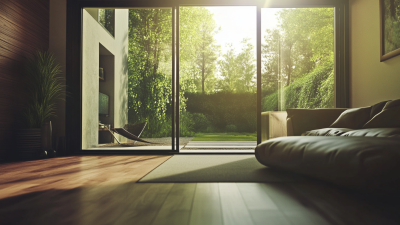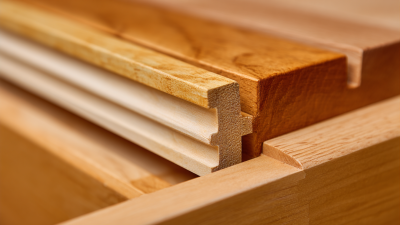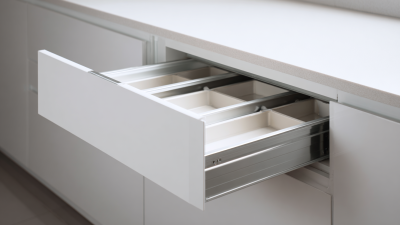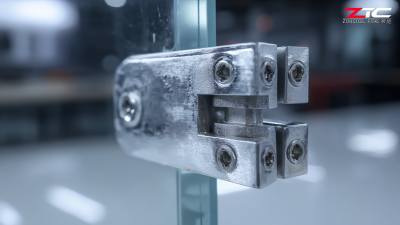Leave Your Message
When it comes to enhancing the aesthetic and functional aspects of a home, the choice of sliding doors and rails plays a pivotal role. According to recent industry reports, the global sliding door market is projected to grow at a CAGR of 4.5% over the next five years, reflecting an increasing consumer preference for space-saving solutions and modern design. Sliding doors and rails not only maximize natural light but also provide seamless transitions between indoor and outdoor spaces, making them a favored choice among homeowners. As we delve into the essential factors to consider when selecting the perfect sliding doors and rails, it is crucial to understand materials, functionality, and design elements that align with your home’s style while meeting practical needs. This guide will equip you with the necessary insights to make an informed decision, ensuring that your investment not only enhances your home's value but also elevates your everyday living experience.
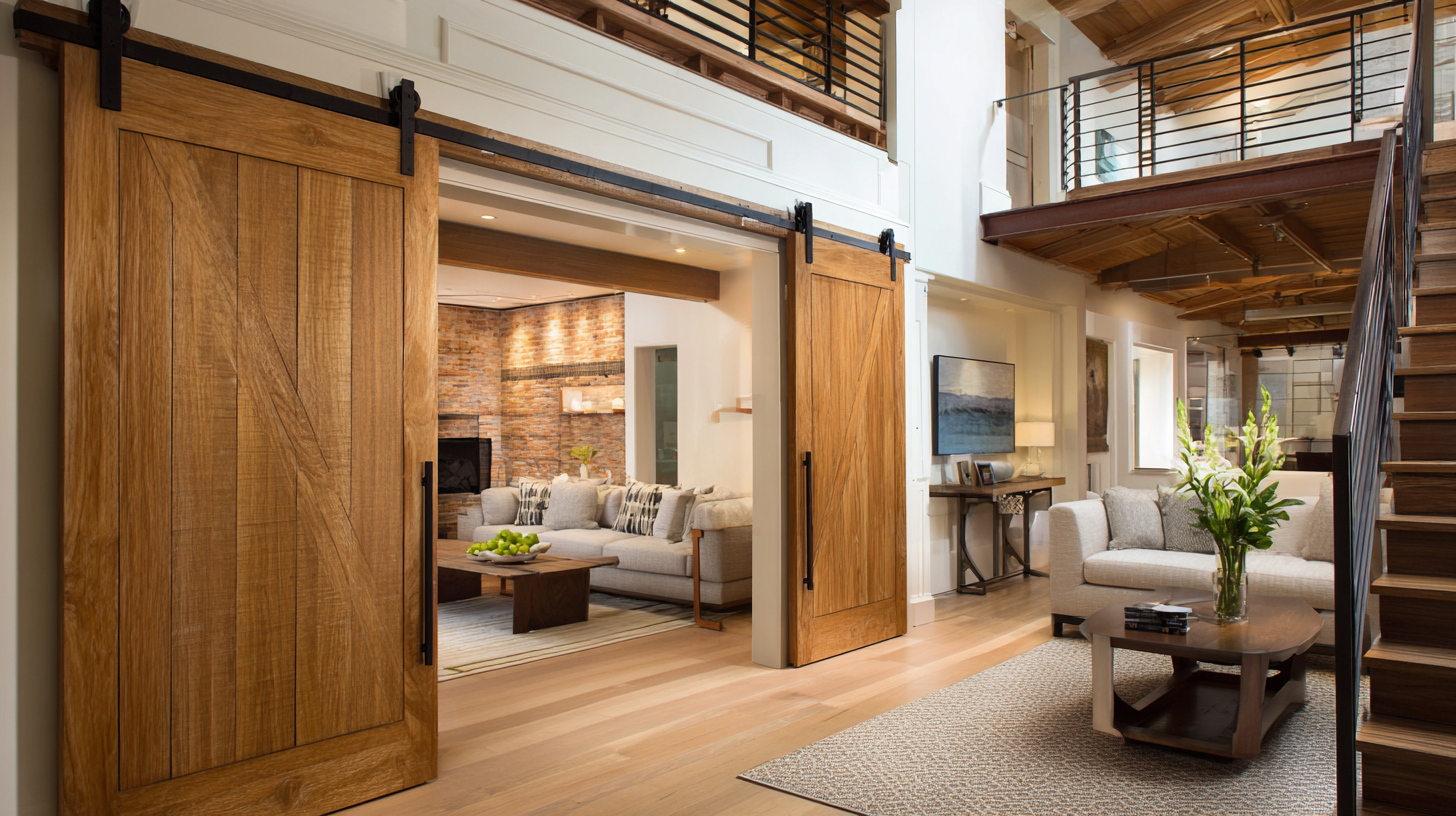
When selecting the perfect sliding doors for your home, the spatial layout of your living area is crucial. Consider the dimensions of the space where you intend to install these doors. Sliding doors require sufficient clearance to move smoothly, so ensure that there is enough wall space adjacent to the opening. Analyzing both the width and height can help you choose between standard sizes and custom options. Additionally, think about how the flow of movement will be impacted; a well-placed sliding door can enhance accessibility and improve the overall functionality of your space.
Another key consideration is the desired aesthetic and material. With a range of options available, including wood, aluminum, and glass, you should choose a style that complements your home’s design. For contemporary homes, sleek metal frames and large glass panels can create a modern look, while traditional wood finishes may suit classic interiors. Moreover, consider the climate and energy efficiency; high-quality materials can offer insulation benefits, helping to maintain comfortable temperatures indoors. Understanding these elements will guide you to select sliding doors that not only fit your space but also enhance your home’s charm.
| Consideration | Description | Recommended Material | Ideal Space |
|---|---|---|---|
| Size | Measure the dimensions of your opening to ensure a perfect fit. | Aluminum, Vinyl | Bedrooms, Living Rooms |
| Style | Choose a design that complements your interior decor. | Glass, Wood | Modern, Rustic, Contemporary |
| Functionality | Consider how frequently the door will be used and its intended purpose. | Fiberglass, Steel | Patios, Closets |
| Durability | Select materials resistant to wear and weather. | Aluminum, Composite | Exterior Exits, High Traffic Areas |
| Energy Efficiency | Ensure the doors have good insulation properties. | Double Glazed Glass, Insulated Frames | Living Spaces, Entryways |
When selecting sliding doors and rails for your home, the material you choose can significantly influence both aesthetics and functionality. Wood, glass, and metal are the three primary options, each bringing unique characteristics to your living space.
Wood offers a warm, classic look that can complement traditional and rustic designs. It is naturally insulating, making it excellent for energy efficiency. However, it can require more maintenance, as it is susceptible to warping and moisture damage over time.
On the other hand, glass sliding doors bring a sleek, modern touch while allowing natural light to flood into your home. They create an illusion of more space and can enhance outdoor views, but they may not provide the same level of insulation or privacy unless you opt for frosted or tinted options.
Metal sliding doors and rails are known for their durability and strength. Available in various finishes, they can add an industrial edge to contemporary decor. While metal is less susceptible to damage and wear, it can sometimes feel cold or uninviting if not paired with warm accents.
Ultimately, considering the style of your home and the specific needs of your space will help you choose the perfect sliding doors and rails from these material options.
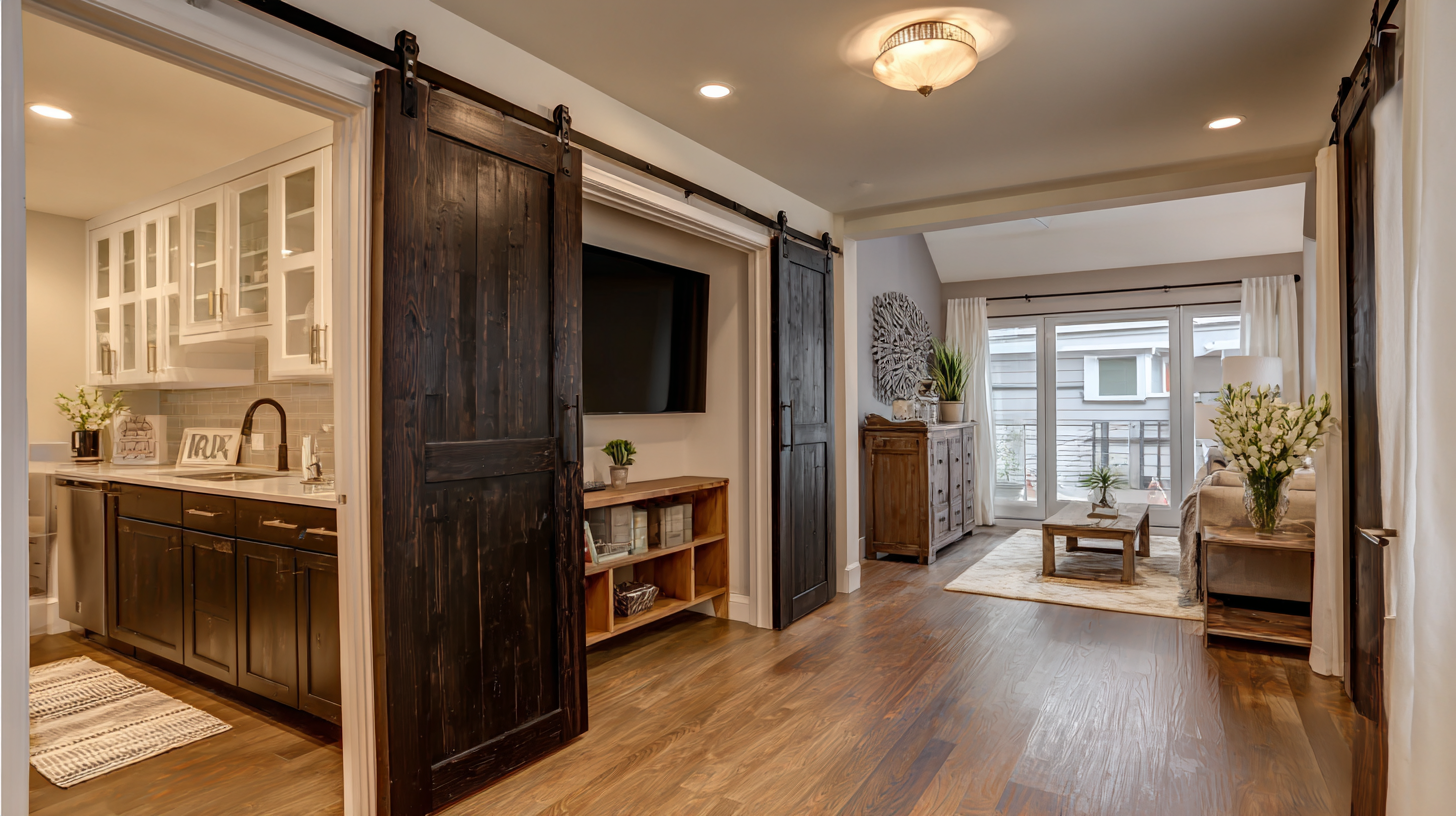
When selecting sliding doors and rails for your home, size and style are critical components that greatly influence the overall aesthetic. Start by measuring the intended space accurately, as this will determine the type of sliding door that fits best. For larger openings, consider expansive glass panels that invite natural light and create a seamless connection between indoor and outdoor areas. On the other hand, for cozier spaces, a bi-fold or single-panel sliding door may offer the perfect blend of functionality and charm without overwhelming the room.
In addition to size, the style of your sliding doors should harmonize with your home's décor. If your interior exudes a modern vibe, sleek, minimalist doors with clean lines and metallic rails can enhance that aesthetic. Conversely, if your home leans toward a more rustic or traditional style, opt for wooden sliding doors with ornate hardware. Color and finish also play a significant role; lighter colors can brighten a space, while dark finishes can add depth and sophistication. Carefully considering these elements will ensure that your sliding doors not only serve a functional purpose but also elevate the beauty of your home.
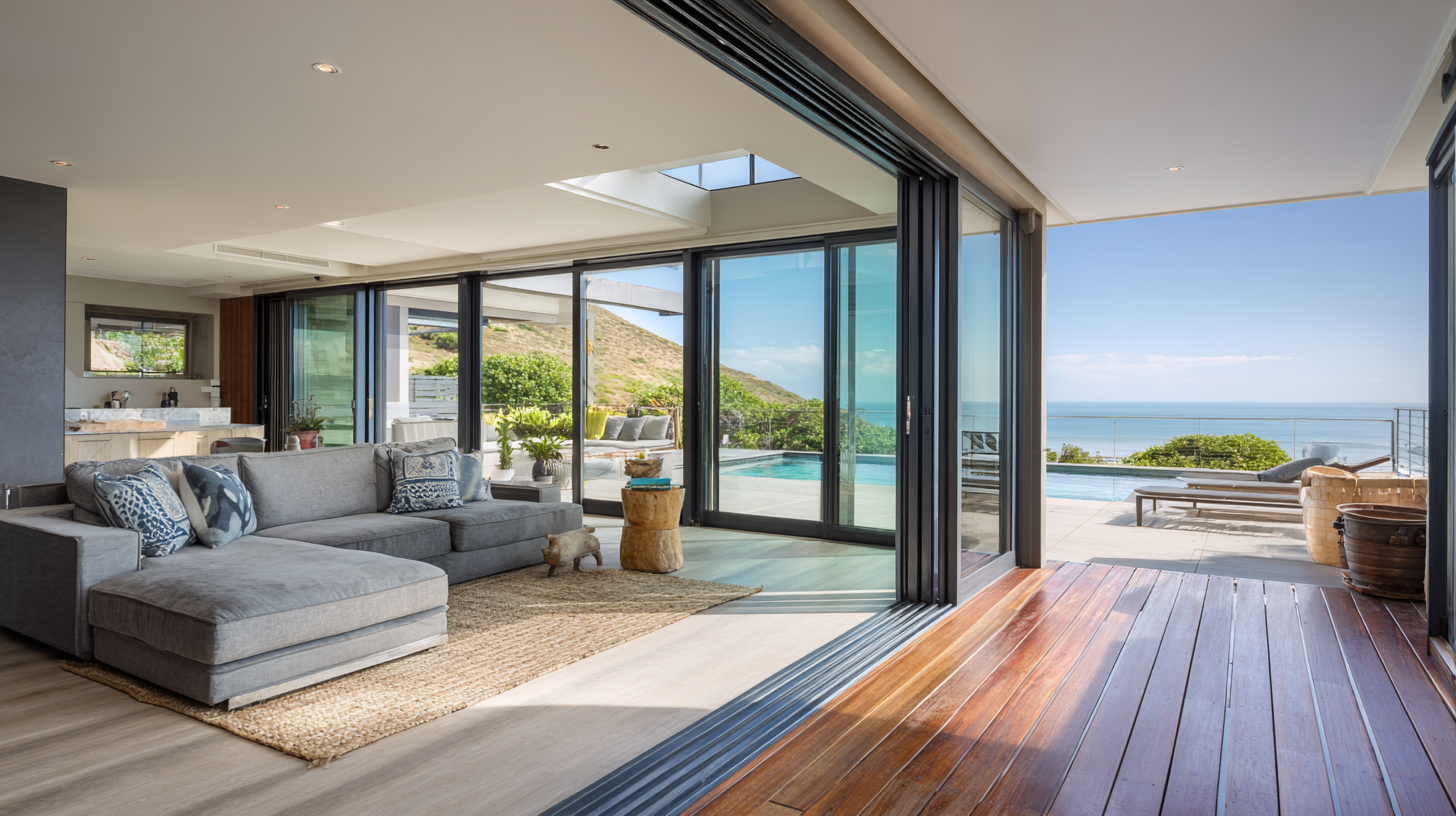
When selecting sliding doors for your home, understanding the rails and track systems is crucial for ensuring smooth operation. According to a recent report by the American Institute of Architects, nearly 65% of homeowners prefer sliding doors for their aesthetic appeal and functionality, but the performance heavily relies on the quality of the rail system. High-quality tracks made from durable materials like aluminum or stainless steel can withstand significant weight and provide longevity, minimizing the need for frequent replacements.
Furthermore, the type of roller system also plays a vital role in the ease of operation. Research indicates that systems with adjustable rollers can enhance functionality, allowing for precise alignment and reducing wear over time. A study by the National Association of Home Builders highlighted that properly installed sliding door tracks can increase energy efficiency by up to 20% due to better sealing and reduced air leaks. By prioritizing high-quality rails and track systems, homeowners can ensure their sliding doors not only look great but also function smoothly for years to come.
When it comes to choosing sliding doors and rails for your home, making cost-effective choices can significantly impact your budget. Start by assessing the materials available; opt for durable yet affordable options like vinyl or aluminum, which offer good insulation and aesthetics without breaking the bank. Researching different suppliers can yield surprisingly competitive prices, so don't hesitate to compare before making a purchase.
Next, consider the installation aspect. Hiring a professional may add to your costs, but sometimes a DIY approach can save you money if you’re handy. Familiarize yourself with the installation process and ensure you have the right tools. Additionally, look for sliding door kits that come with all necessary components, which can be more budget-friendly than purchasing parts separately. By being strategic in both your choices of materials and methods of installation, you can create a stunning yet cost-efficient solution for your home.
